Chaoshun Li
Three-dimensional instantaneous orbit map for rotor-bearing system based on a novel multivariable complex variational mode decomposition algorithm
Jul 29, 2021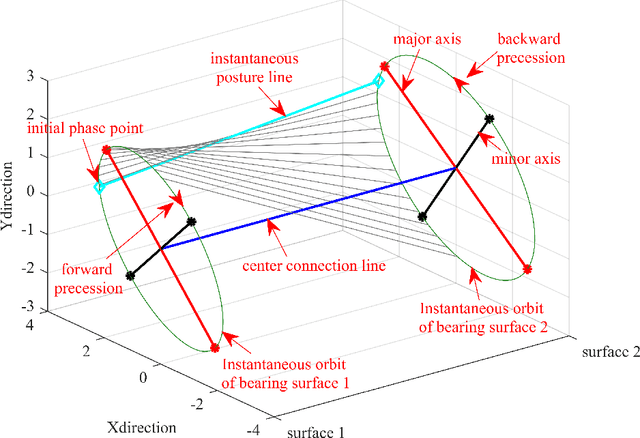
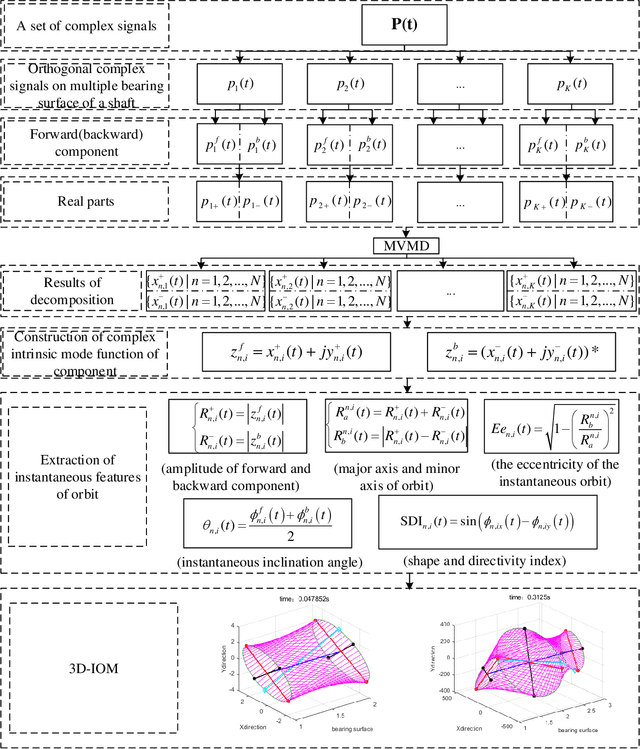
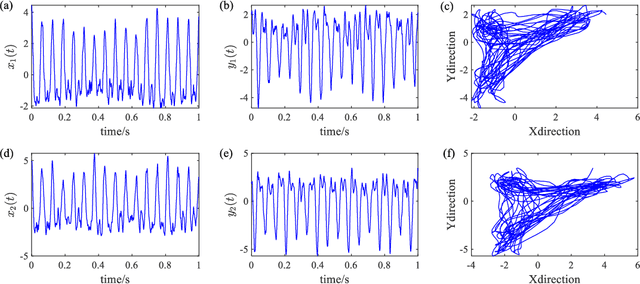

Abstract:Full spectrum and holospectrum are homogenous information fusion technology developed for the fault diagnosis of rotating machinery and are often used in the analysis of the orbit of rotating machinery. However, both of the techniques are based on Fourier transform, so they can only handle stationary signals, which limits their development. By drawing inspiration from the approach of multivariate variational mode decomposition (MVMD) and the complex-valued signal decomposition, we propose a method called multivariate complex variational mode decomposition (MCVMD) for processing non-stationary complex-valued signals of multi-dimensional bearing surfaces in this work. In particular, the proposed method takes the advantages of the joint information between the complex-valued signals of multi-dimensional bearing surfaces, and owing to this property, we provide its three-dimensional instantaneous orbit map (3D-IOM) to present the overall perspective of the rotor-bearing system and also offer a high-resolution time-full spectrum (Time-FS) to display the forward and backward frequency components of all the bearing surfaces within a time-frequency plane. The effectiveness of the proposed method through both the simulated experiment and the real-life complex-valued signals are shown in this paper.
Deep interval prediction model with gradient descend optimization method for short-term wind power prediction
Nov 19, 2019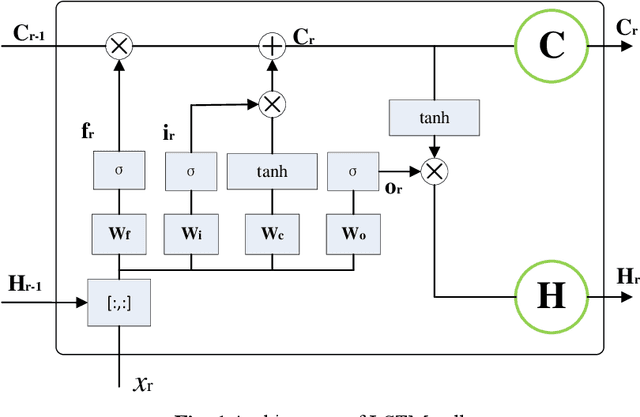
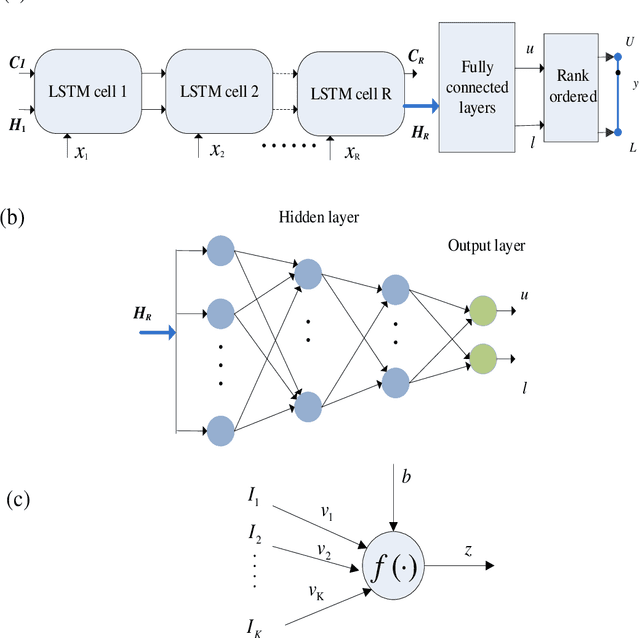
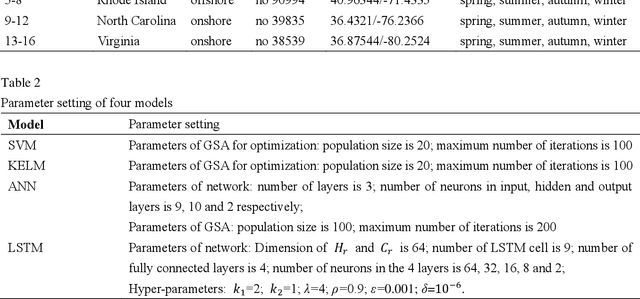
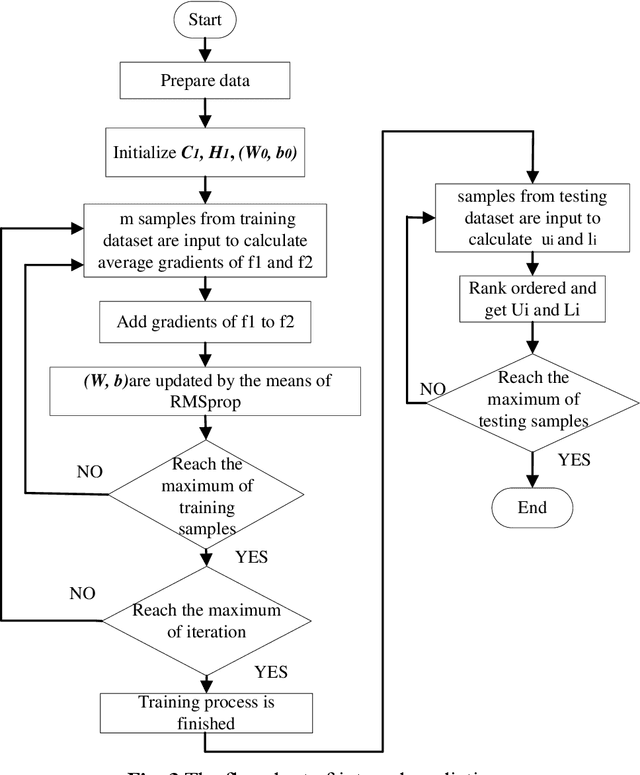
Abstract:The application of wind power interval prediction for power systems attempts to give more comprehensive support to dispatchers and operators of the grid. Lower upper bound estimation (LUBE) method is widely applied in interval prediction. However, the existing LUBE approaches are trained by meta-heuristic optimization, which is either time-consuming or show poor effect when the LUBE model is complex. In this paper, a deep interval prediction method is designed in the framework of LUBE and an efficient gradient descend (GD) training approach is proposed to train the LUBE model. In this method, the long short-term memory is selected as a representative to show the modelling approach. The architecture of the proposed model consists of three parts, namely the long short-term memory module, the fully connected layers and the rank ordered module. Two loss functions are specially designed for implementing the GD training method based on the root mean square back propagation algorithm. To verify the performance of the proposed model, conventional LUBE models, as well as popular statistic interval prediction models are compared in numerical experiments. The results show that the proposed approach performs best in terms of effectiveness and efficiency with average 45% promotion in quality of prediction interval and 66% reduction of time consumptions compared to traditional LUBE models.
 Add to Chrome
Add to Chrome Add to Firefox
Add to Firefox Add to Edge
Add to Edge